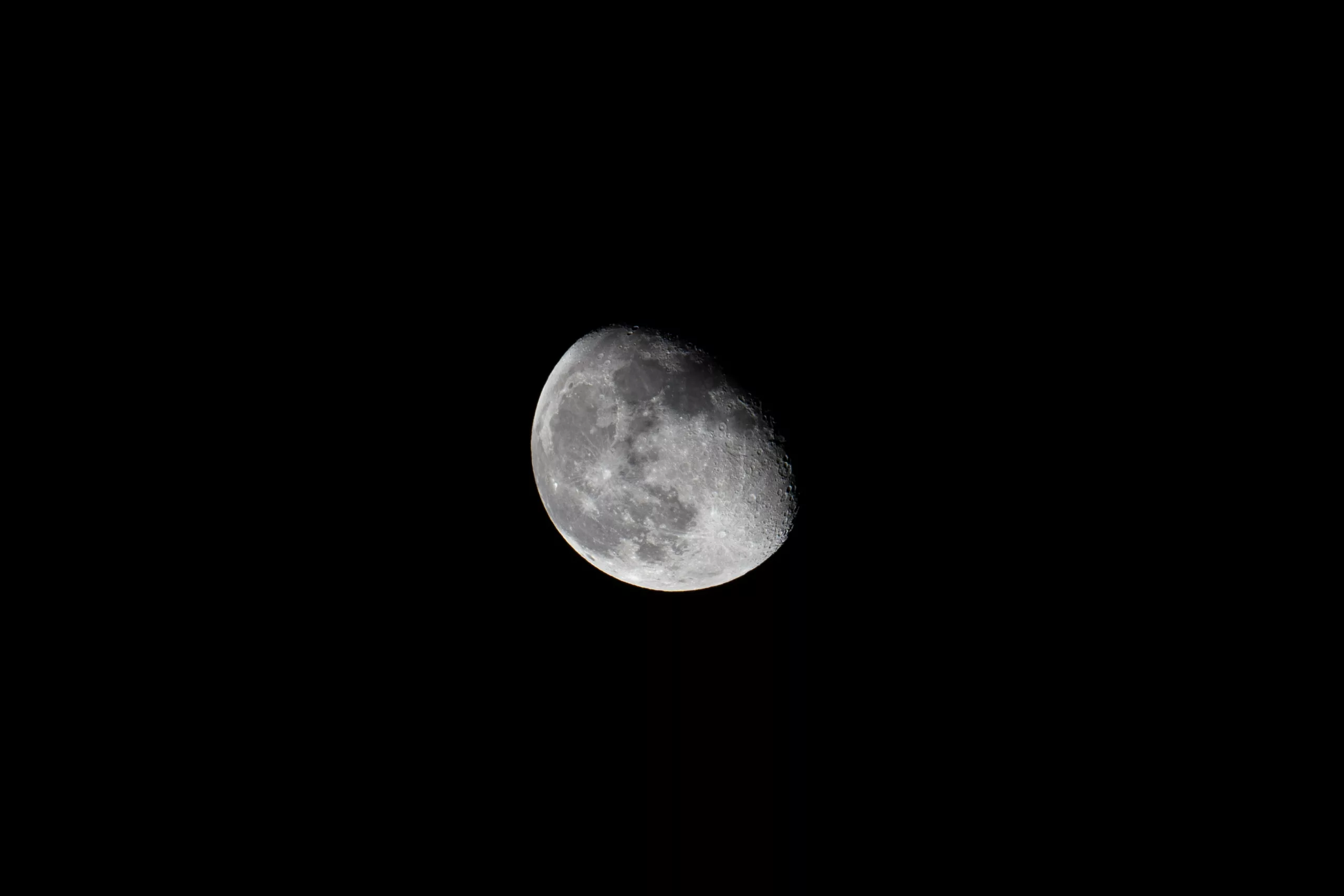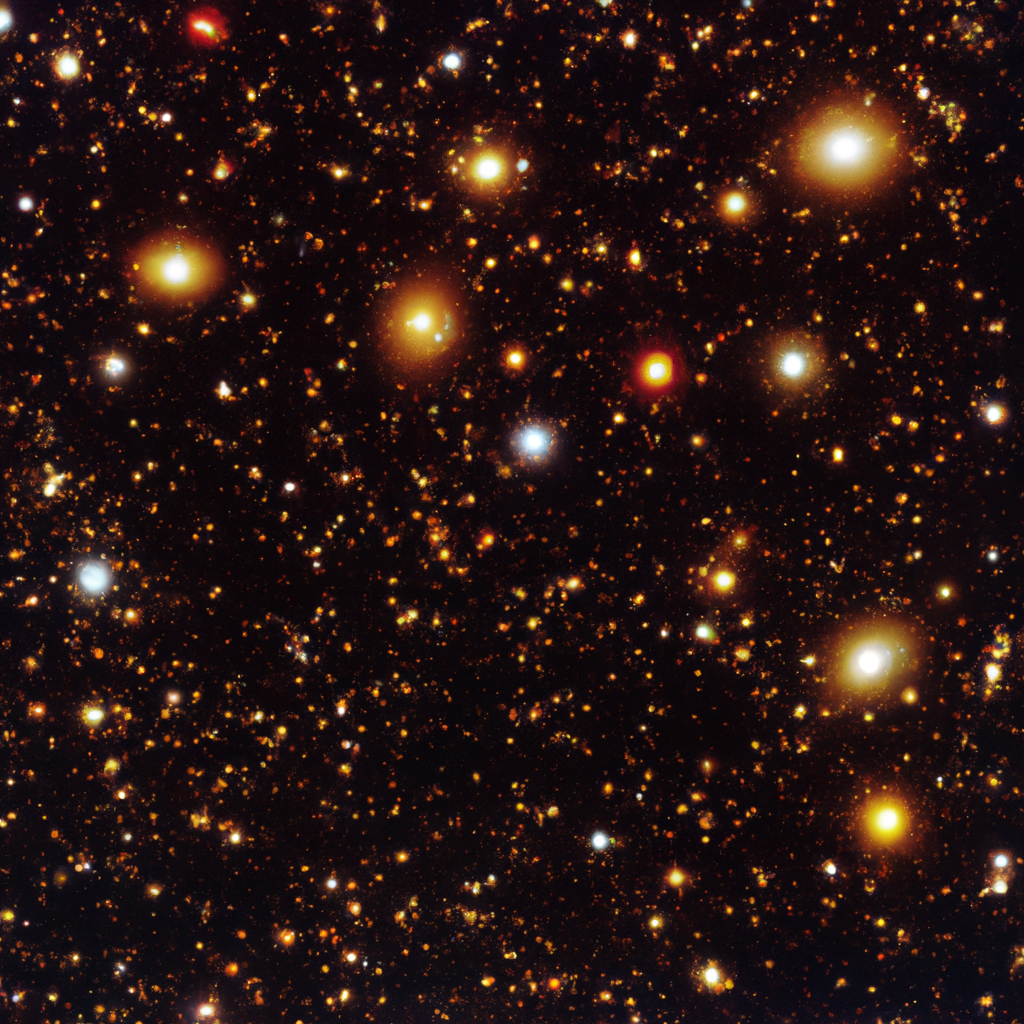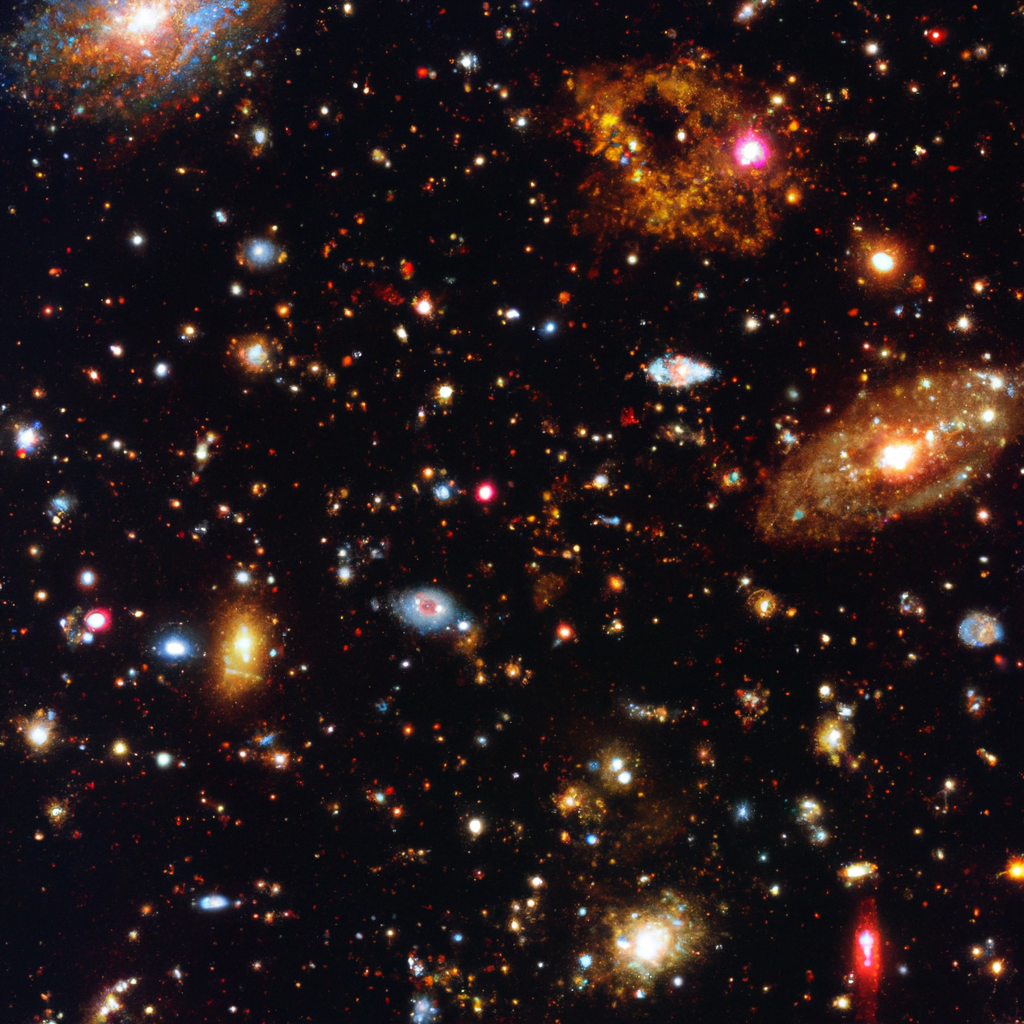Have you ever gazed up at the night sky, captivated by the twinkling stars and wondered about the intricate workings of telescopes? Well, in the vast realm of optics, there are two important terms that often spark curiosity: magnification and resolution. While they both play crucial roles in the world of telescopes, their functions and effects differ significantly. In this article, we will explore the distinction between magnification and resolution, shedding light on how each contributes to our ability to observe celestial wonders with astounding clarity. So, get ready to embark on an enlightening journey into the fascinating realm of telescopes and uncover the secrets behind magnification and resolution.
Table of Contents
Magnification
Definition of Magnification
Magnification is the increase in apparent size of an object that occurs when viewing it through a telescope. It is the process of making objects appear larger than they actually are. In telescopes, magnification is achieved by using an eyepiece that contains lenses to increase the size of the image formed by the objective lens or primary mirror.
How Magnification Works
Magnification in telescopes works by enlarging the image of an object, making it appear closer and larger. When light passes through the objective lens or primary mirror, it converges to form an image at the focal point. The eyepiece then takes this image and further magnifies it, allowing the observer to see more details.
Magnification and Eyepiece
The eyepiece plays a crucial role in determining the magnification of a telescope. Different eyepieces have different focal lengths, which directly impact the magnification achieved. By changing the eyepiece, the observer can adjust the level of magnification to suit their needs.
Limitations of Magnification
While magnification is an important aspect of telescopes, it is not the sole factor in determining image quality. Increasing the magnification beyond the telescope’s maximum useful magnification can lead to reduced image brightness and clarity. Additionally, atmospheric conditions, such as turbulence and light pollution, can affect the performance of high magnification. It is important to strike a balance between magnification and other aspects, such as resolution, for optimal viewing experience.
Resolution
Definition of Resolution
Resolution refers to the ability of a telescope to distinguish fine details and separate closely spaced objects. It is a measure of the telescope’s ability to resolve or separate small features within an image. In other words, it determines how sharp and clear the image appears.
How Resolution Works
Resolution in telescopes is affected by several factors, including the aperture size of the objective lens or primary mirror, the quality of the optics, and the atmospheric conditions. A larger aperture allows more light to enter the telescope, resulting in better resolution. Quality optics, such as precision lenses or mirrors, also contribute to improved resolution by minimizing distortions and aberrations.
Factors Affecting Resolution
Several factors can influence the resolution of a telescope. One key factor is the wavelength of light being observed. Shorter wavelengths, such as those in the visible spectrum, generally provide higher resolution compared to longer wavelengths. Additionally, atmospheric conditions, such as turbulence or moisture, can affect the image quality and limit the achievable resolution.
Limitations of Resolution
While resolution is essential for observing fine details, it is important to recognize its limitations. The theoretical limit of resolution, known as the diffraction limit, is determined by the diameter of the objective lens or primary mirror. This limit sets a maximum level of detail that can be resolved, beyond which increasing the telescope’s size becomes necessary to improve resolution further.

Comparison between Magnification and Resolution
Purpose
Magnification and resolution serve different purposes in telescopes. Magnification aims to enlarge the image and bring distant objects closer, while resolution focuses on the clarity and sharpness of the details within the image.
Definition
Magnification refers to the apparent increase in size of an object, while resolution pertains to the ability to distinguish fine details and separate closely spaced objects within an image.
Working Principle
Magnification is achieved by using an eyepiece that enlarges the image formed by the objective lens or primary mirror. Resolution, on the other hand, is influenced by factors such as the aperture size and quality of the optics, as well as atmospheric conditions.
Impact on Image Quality
While magnification can make objects appear larger, it does not necessarily enhance the level of detail or sharpness. Resolution, on the other hand, directly affects the image quality by determining how much fine detail can be observed.
Limitations
Both magnification and resolution have their limitations. Increasing the magnification beyond the telescope’s maximum useful magnification can result in a dimmer and less sharp image. Similarly, there is a theoretical limit to the resolution based on the telescope’s aperture size.
Choosing between Higher Magnification or Better Resolution
Purpose of Observations
The purpose of the observations plays a crucial role in determining whether higher magnification or better resolution is more desirable. If the goal is to observe objects at a greater distance, such as planets or deep sky objects, higher magnification may be preferred. However, for capturing fine details on celestial objects or studying subtle changes, better resolution becomes more important.
Types of Objects
Different types of celestial objects require different approaches when it comes to choosing between magnification and resolution. Large and bright objects, such as the Moon or planets, can benefit from higher levels of magnification, allowing for closer examination. On the other hand, dim and distant objects, such as galaxies or nebulae, may require higher resolution to reveal finer details.
Equipment and Conditions
The equipment available and the prevailing viewing conditions can also influence the choice between magnification and resolution. If using a smaller telescope with limited aperture, achieving high resolution may be more challenging. Similarly, if the observing conditions are poor due to atmospheric turbulence or light pollution, focusing on higher magnification may yield better results.
Personal Preference
Ultimately, personal preference and individual observing style also come into play when choosing between higher magnification or better resolution. Some observers may prioritize getting a closer view of celestial objects, while others may prefer to focus on capturing the finest details possible.

Interpreting Magnification and Resolution Specifications
Understanding Telescope Specifications
Telescope specifications provide important information about the instrument’s capabilities and performance. These specifications can include details such as the telescope’s focal length, aperture size, and type of optics used.
Interpreting Magnification Specifications
Magnification specifications typically refer to the maximum useful magnification of a telescope. This value is determined by dividing the telescope’s aperture size in millimeters by two. For instance, a telescope with a 100mm aperture would have a maximum useful magnification of approximately 200x.
Interpreting Resolution Specifications
Resolution specifications are often more complex to interpret. They are determined by several factors, including the telescope’s aperture size, optics quality, and atmospheric conditions. It is important to consider all these factors together when assessing the resolution capabilities of a telescope.
Importance of a Balanced Approach
Understanding the Relationship
Magnification and resolution are interconnected factors that both contribute to the overall image quality. While higher magnification can offer a closer view, it should be balanced with sufficient resolution to ensure clear and detailed observations.
Finding the Right Balance
Finding the right balance between magnification and resolution depends on various factors, including the type of object being observed, the telescope’s capabilities, and personal preferences. It may require some experimentation and adjustment to achieve the desired balance for each observing session.
Seeking Expert Advice
For beginners or individuals looking to upgrade their telescopes, seeking expert advice can be invaluable. Knowledgeable individuals or astronomy organizations can offer guidance on selecting the right telescope based on the intended observations and desired balance between magnification and resolution.

Common Misconceptions
Bigger is Not Always Better
A common misconception is that a larger telescope or higher magnification always leads to better results. However, as discussed earlier, other factors such as resolution and atmospheric conditions also play crucial roles in determining image quality.
Magnification Equals Image Quality
Another misconception is equating higher magnification with superior image quality. While magnification enlarges the object, it does not automatically ensure better detail or clarity. Resolution is equally important, if not more so, in achieving high-quality images.
Resolution Alone Determines Detail
While resolution is necessary for capturing fine details, other factors such as seeing conditions and optics quality also contribute to the level of detail observed. Simply focusing on resolution alone may not reveal the full potential of the telescope.
Advancements in Technology
Improvements in Optics
Technological advancements have led to improvements in telescope optics. Precision manufacturing techniques and innovative designs have resulted in higher-quality optics that can provide better resolution and reduce aberrations.
Digital Imaging and Processing
Digital imaging has revolutionized the way astronomers capture and process images. Digital cameras, particularly those designed for astrophotography, allow for more efficient and accurate image recording. Additionally, software tools enable image stacking and post-processing techniques that enhance image quality and reveal finer details.
Telescope Accessories
Various accessories have been developed to supplement telescopes and improve their capabilities. These include focal reducers, which decrease the focal length and increase the field of view, and Barlow lenses, which increase magnification. These accessories can assist in achieving the desired balance between magnification and resolution.

Application in Astronomy
Celestial Object Observations
Telescopes equipped with suitable magnification and resolution capabilities are essential for observing celestial objects. From studying the Moon and planets in our solar system to exploring distant galaxies and nebulae, the ability to adjust magnification and resolution allows astronomers to capture and analyze a wide range of astronomical phenomena.
Astrophotography
The combination of magnification and resolution is critical in astrophotography. By capturing images of celestial objects with high resolution, detailed photographs can be obtained. Additionally, adjusting the magnification can help frame the subject and highlight specific features.
Scientific Research
Magnification and resolution are of paramount importance in scientific research conducted using telescopes. The ability to observe fine details and accurately measure celestial objects contributes to studies involving planetary geology, stellar evolution, cosmology, and other areas of astronomical research.
Conclusion
Understanding the difference between magnification and resolution is crucial for making informed decisions when selecting a telescope or planning observations. While magnification offers a closer view, resolution determines the level of detail and clarity in the observed image. Striking a balance between these two factors, considering the purpose of the observations, types of objects, equipment, and personal preferences, is key to achieving the best viewing experience. With advancements in technology and a balanced approach, telescopes continue to provide incredible opportunities for exploring the wonders of the universe.

